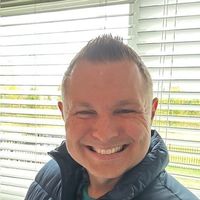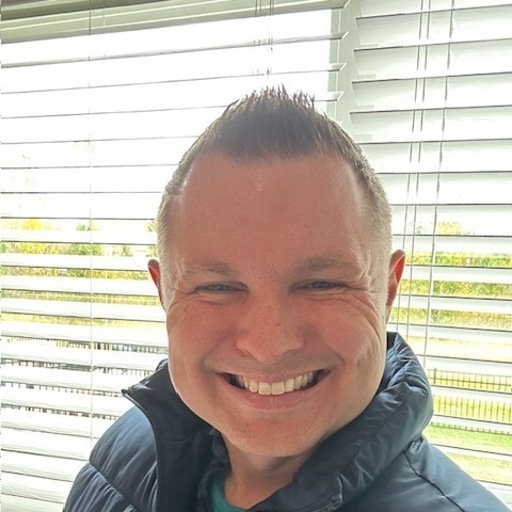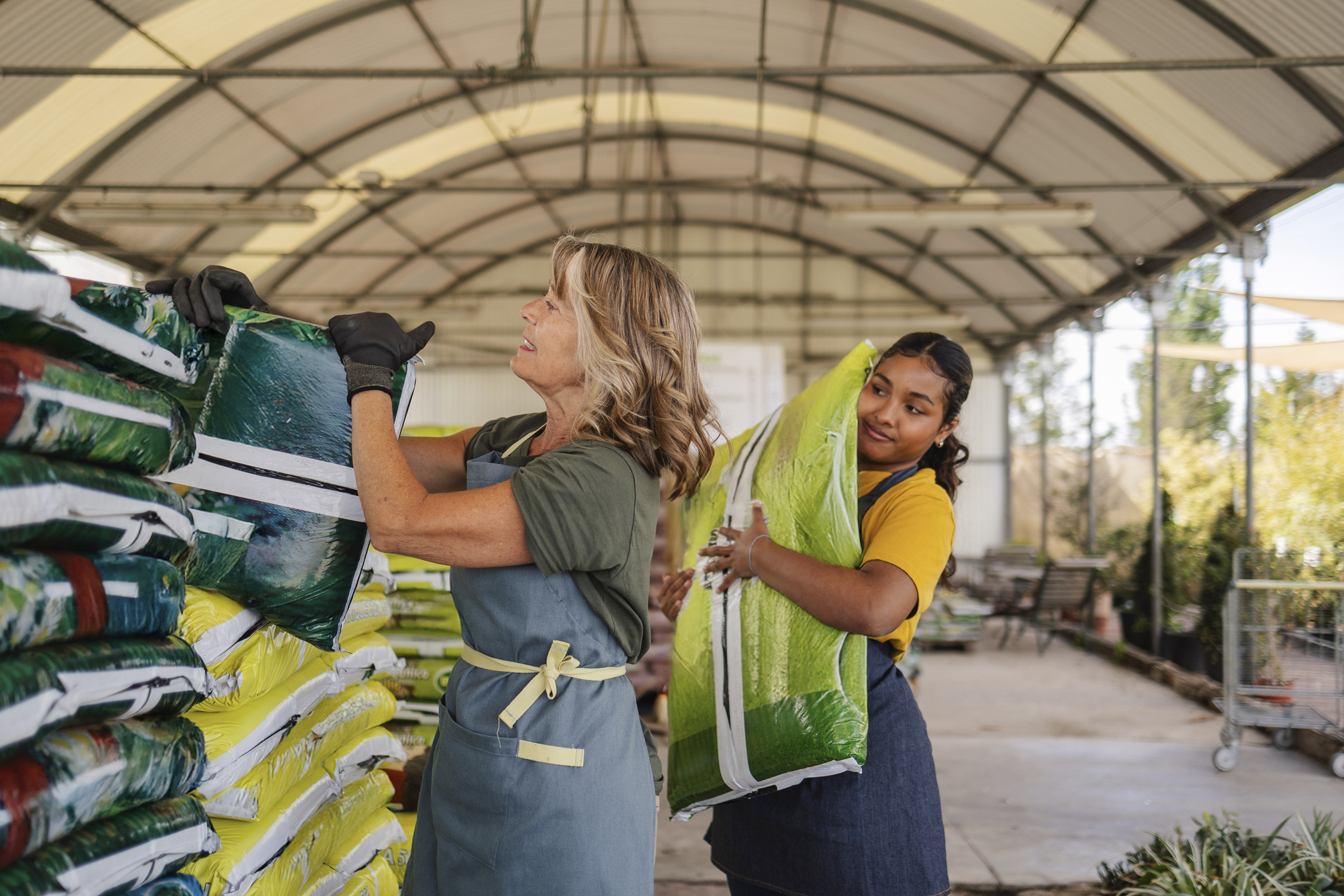After the Fed Meeting, Seven High-Yield Savings Accounts Worth Your While
The Fed cut rates again at its December meeting. While it lowers APYs on savings accounts, these high-yield options still provide excellent returns.


The Federal Reserve met this week and issued its third rate cut of 2025. The Fed cut the federal funds rate by 25 basis points.
Why? The job numbers have not been ideal, though; September had 119,000 jobs added, the highest in five months. Even with these additions, unemployment rose for the third consecutive month and now stands at 4.4%. One way to stimulate job growth is to cut rates, as they can reduce borrowing costs for companies.
When rate cuts happen, they also impact savers by way of lower APYs. I'll break down whether high-yield savings accounts are still a viable option, with declining APYs, and how much you can earn with one.
From just $107.88 $24.99 for Kiplinger Personal Finance
Become a smarter, better informed investor. Subscribe from just $107.88 $24.99, plus get up to 4 Special Issues

Sign up for Kiplinger’s Free Newsletters
Profit and prosper with the best of expert advice on investing, taxes, retirement, personal finance and more - straight to your e-mail.
Profit and prosper with the best of expert advice - straight to your e-mail.
Are high-yield savings accounts worth it when rate cuts happen?
Yes, a high-yield savings account remains a smart choice. While rates have dipped somewhat, with these accounts, you can earn up to a 4.35% APY with no account fees or minimum balance requirements.
This makes them smart options for short-term savings goals. If you're planning a vacation in a few months, securing a higher rate now ensures you can meet it quickly.
Furthermore, a high-yield savings account is a wise way to build your emergency savings quickly. You can set automatic transfers to pull from your checking to your savings to achieve this.
Here are our top picks:
Account | APY | Min. opening deposit |
|---|---|---|
4.35% | $0 | |
4.10% | $100 | |
4.05% | $0 | |
4.02% | $500 | |
4.00% | $0 | |
4.00% | $1,000 | |
4.00% | $5,000 |
There are other considerations with a high-yield savings account. Chief among them is that they come with variable interest rates. If the Fed decides to cut rates again this year, your savings rates can drop, too.
When will rates drop? I've been reviewing APYs on CDs and high-yield savings accounts, and can tell you it varies by banks. While some have dipped rates slightly, others have not, giving you some time to maximize returns with higher rates.
You can use this Bankrate tool to find some of the best rates quickly:
How much can I earn with a high-yield savings account?
It depends on how long you plan to hold the money in the account and how much you want to deposit. Using our top choice, Newtek Bank, here's how much you can earn in a year with its current 4.35% APR:
- $5,000: You'll earn $222.29
- $10,000: You'll gain $444.57
- $25,000: You'll earn $1,111.43
- $50,000: You'll gain $2,222.86
Is it the best option for your savings needs? If you need quick access to your cash for a short-term purchase, then yes, a high-yield savings account will be the best fit for you.
However, if you have emergency savings fully funded and don't mind tying up your money for a short time, then the best CD rates offer you better protection from Fed policies because they come with fixed interest rates. Once you lock in a rate, you'll keep it throughout your term, even if the Fed decides to cut rates again.
Just remember that CDs require you tie up your money for the term you selected. So, if you don't want to restrict access to your cash, it's difficult to beat the flexibility a high-yield savings account offers.
The bottom line on high-yield savings accounts
The Fed cut rates for the third time this year. While that will lower the APYs you can earn, our top picks offer you returns that'll help you outpace inflation and reach your savings goals.
Related content
Profit and prosper with the best of Kiplinger's advice on investing, taxes, retirement, personal finance and much more. Delivered daily. Enter your email in the box and click Sign Me Up.

Sean is a veteran personal finance writer, with over 10 years of experience. He's written finance guides on insurance, savings, travel and more for CNET, Bankrate and GOBankingRates.
-
 Top 22 Gifts for Grandkids from Walmart
Top 22 Gifts for Grandkids from WalmartFrom PlayStation to Labubu, you'll find the hottest gifts of 2025 for your grandkids at Walmart this year. Some of them are up to 78% off.
-
 I'm retired with $2.2 million. Should I give my shifts to a young coworker?
I'm retired with $2.2 million. Should I give my shifts to a young coworker?We asked certified financial planners for advice.
-
 Could an Annuity Be Your Retirement Safety Net?
Could an Annuity Be Your Retirement Safety Net?More people are considering annuities to achieve tax-deferred growth and guaranteed income, but deciding if they are right for you depends on these key factors.
-
 The Top 22 Gifts for Grandkids from Walmart in 2025
The Top 22 Gifts for Grandkids from Walmart in 2025From PlayStation to Labubu, you'll find the hottest gifts of 2025 for your grandkids at Walmart this year. Some of them are up to 78% off.
-
 What Not to Do in an Airport Lounge
What Not to Do in an Airport LoungeBefore you settle into that cushy lounge chair, skip the rookie moves that annoy other travelers and can even get you kicked out.
-
 CD vs. Money Market: Where to Put Your Year-End Bonus Now
CD vs. Money Market: Where to Put Your Year-End Bonus NowFalling interest rates have savers wondering where to park cash. Here's how much $10,000 earns in today's best CDs versus leading money market accounts.
-
 New IRS Changes to FSA Contribution Limits for 2026: What to Know
New IRS Changes to FSA Contribution Limits for 2026: What to KnowHealth Care Flexible Spending Accounts have tax advantages worth looking into, especially in light of new IRS changes.
-
 Meet the World's Unluckiest — Not to Mention Entitled — Porch Pirate
Meet the World's Unluckiest — Not to Mention Entitled — Porch PirateThis teen swiped a booby-trapped package that showered him with glitter, and then he hurt his wrist while fleeing. This is why no lawyer will represent him.
-
 Smart Business: How Community Engagement Can Help Fuel Growth
Smart Business: How Community Engagement Can Help Fuel GrowthAs a financial professional, you can strengthen your brand while making a difference in your community. See how these pros turned community spirit into growth.
-
 Smart Money Moves Savers Should Make in 2026
Smart Money Moves Savers Should Make in 2026These steps will get you on the road to achieving your 2026 savings goals.
-
 How Much Would a $50,000 HELOC Cost Per Month?
How Much Would a $50,000 HELOC Cost Per Month?Thinking about tapping your home’s equity? Here’s what a $50,000 HELOC might cost you each month based on current rates.